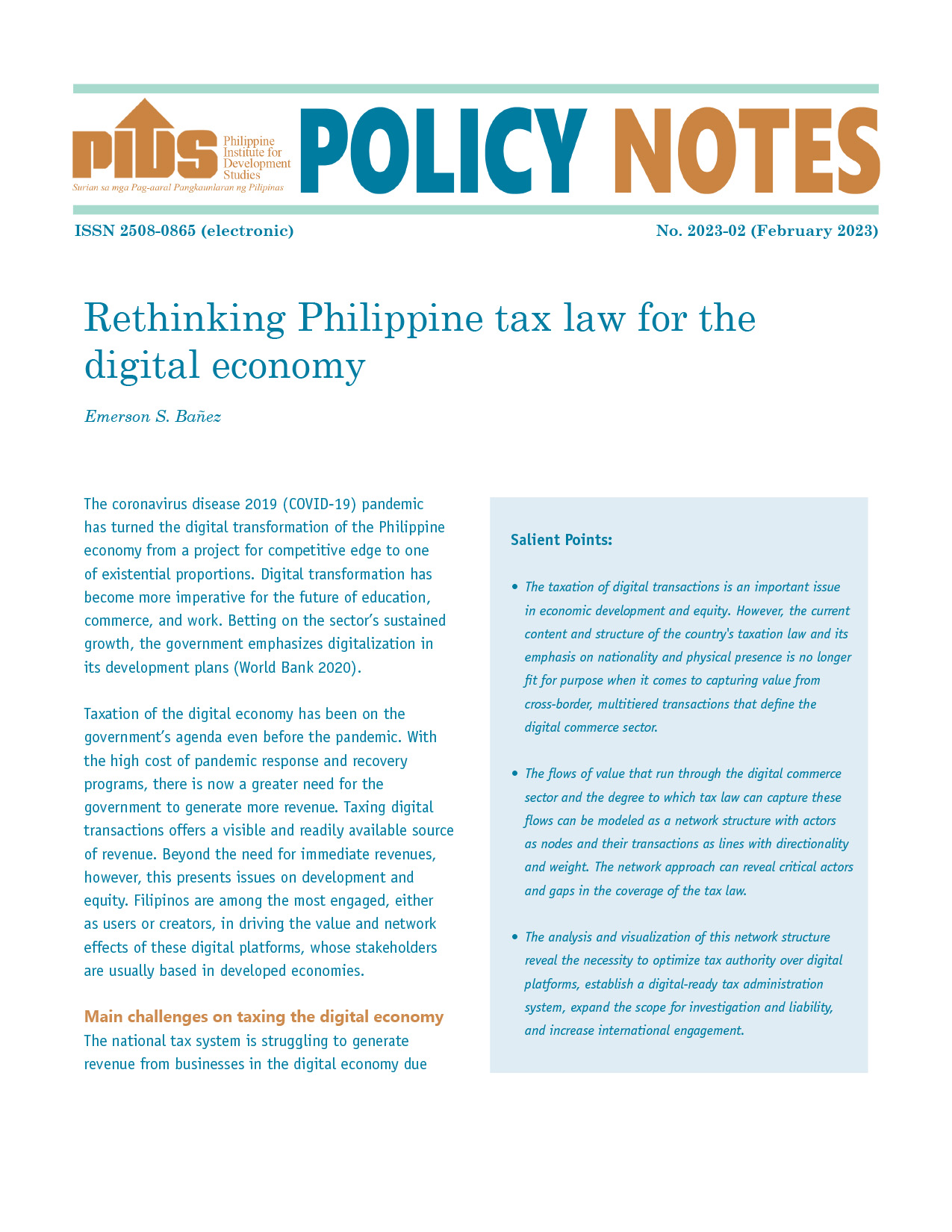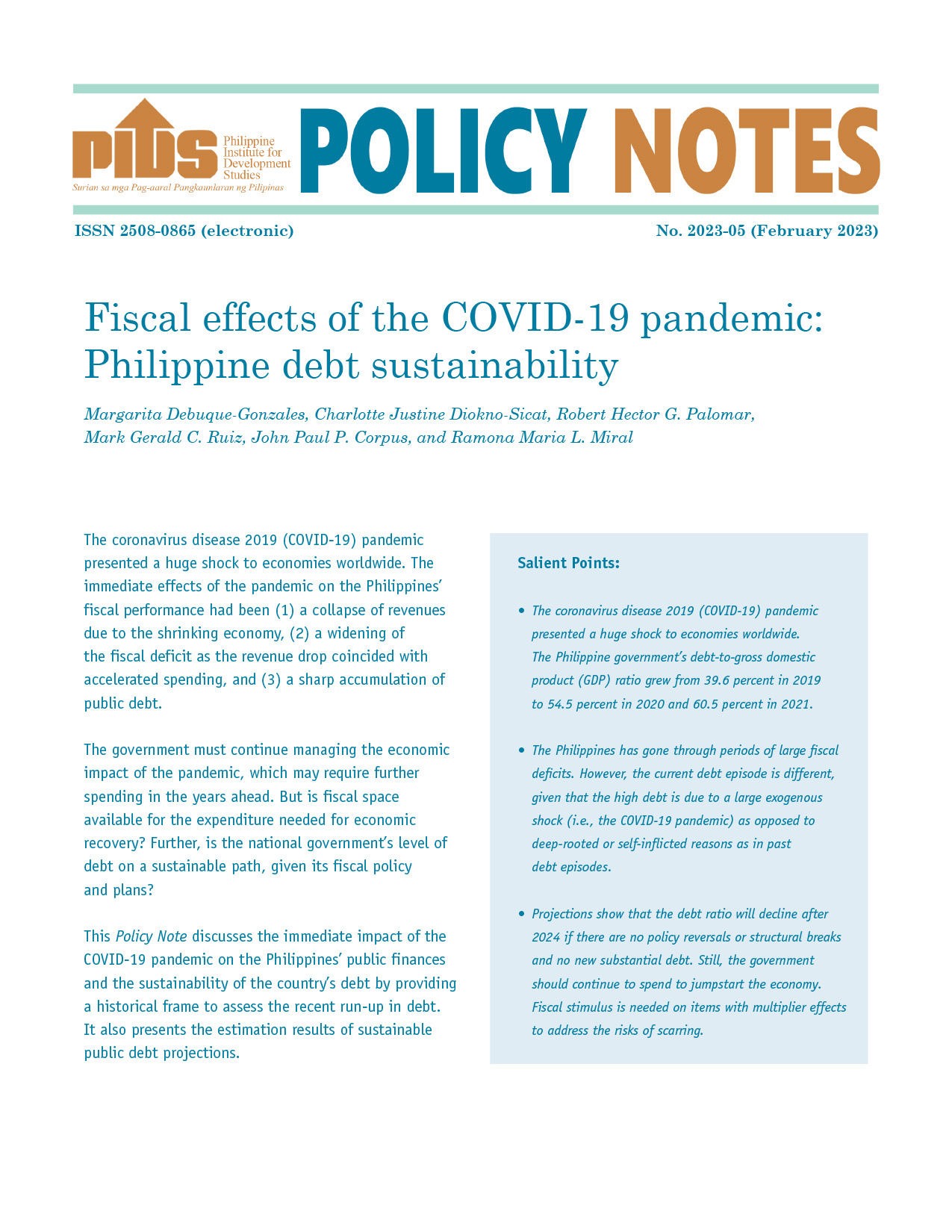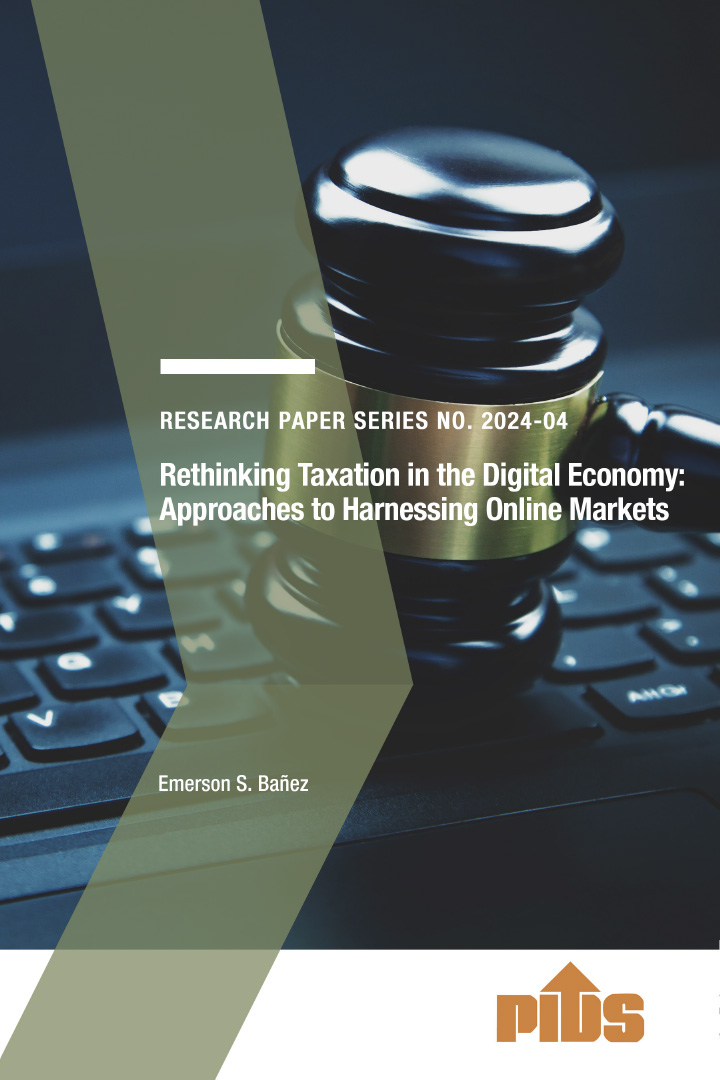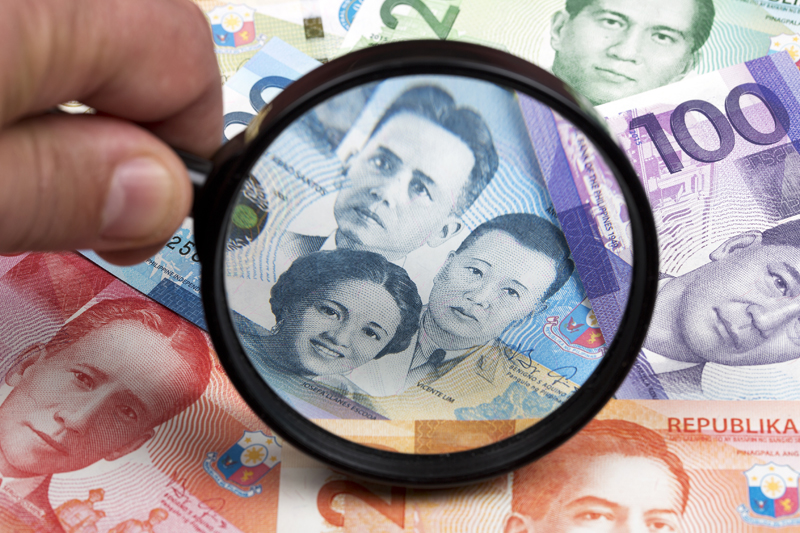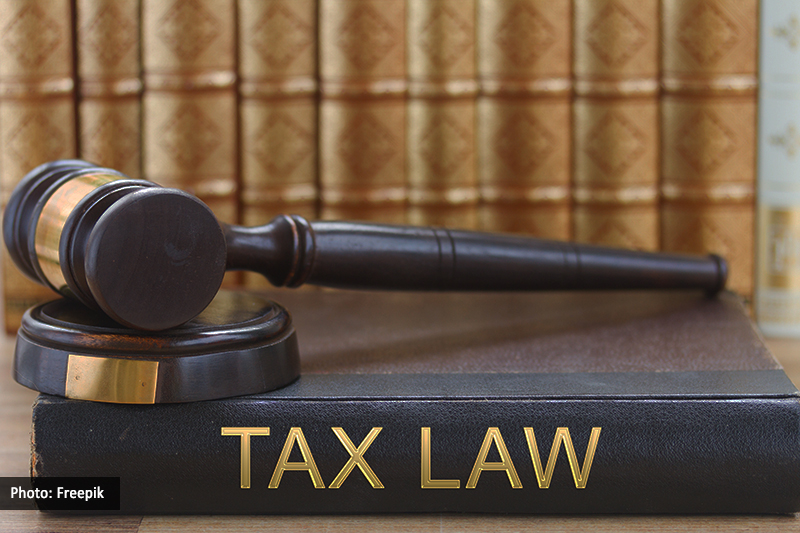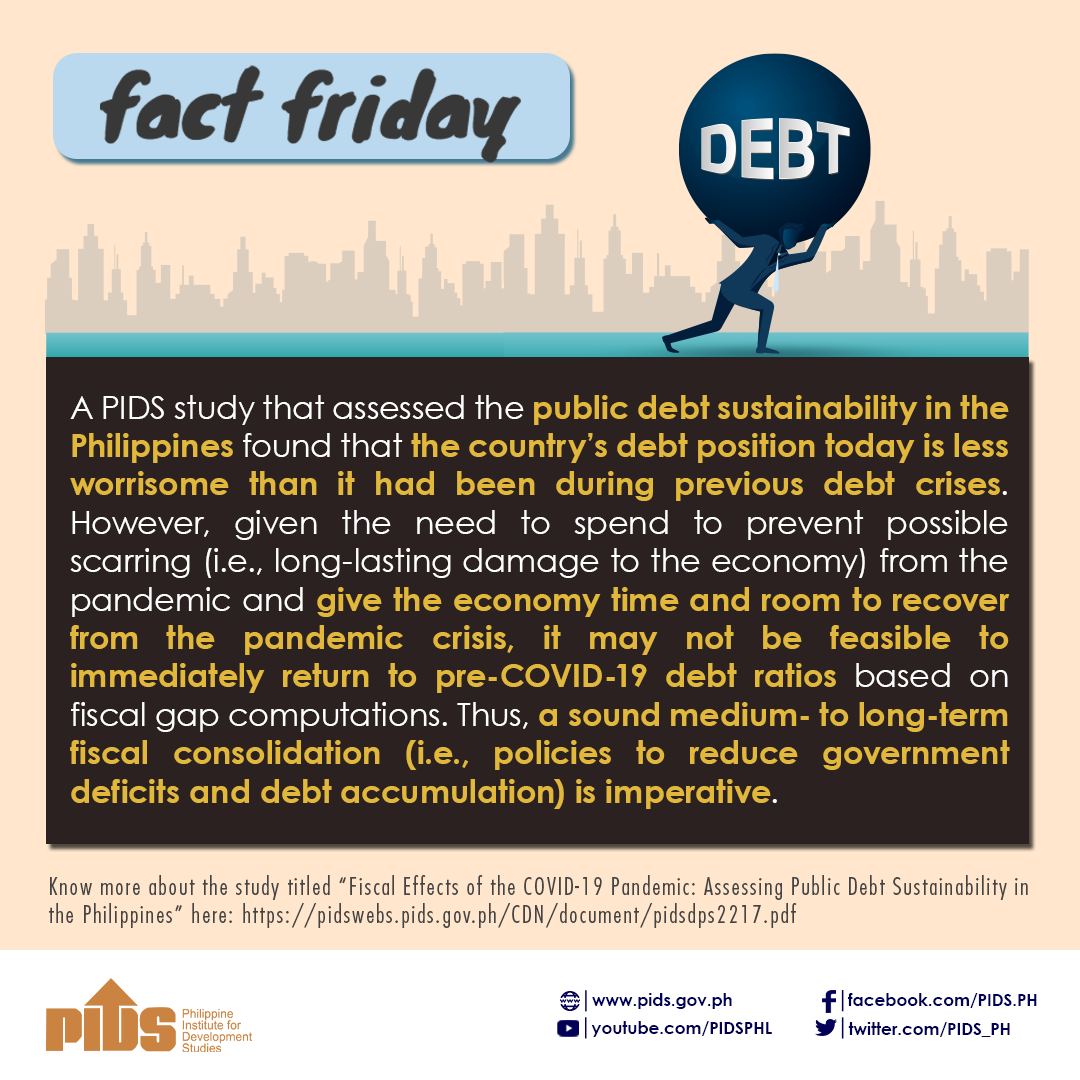PANDEMIC babies born last year may already be in their 30s by the time the country returns to pre-Covid-19 debt levels, according to a study released by the Philippine Institute for Development Studies (PIDS).
In a discussion paper, PIDS researchers led by Research Fellows led by Maria Margarita D. Gonzales and Philippine Economic Society President Charlotte Justine Diokno-Sicat said returning to prepandemic debt levels will depend on fiscal rectitude that will be implemented by the government.
If the country’s fiscal rectitude —which includes spending cuts and efficient revenue collection—reaches an equivalent of 3.4 percent of GDP annually, the country will reach prepandemic debt levels in a decade; but if only 1.3 percent of GDP is achieved every year, prepandemic debt levels could be attained only 30 years after or in 2051.
“Our results suggest that reaching the target debt ratio by 2031 may be difficult given the large fiscal adjustments that this would involve (1.4 percent to 3.4 percent of GDP for the gentlest fiscal consolidation path), on top of the adjustments implied by our assumed primary balance paths,” the researchers said.
“As smaller fiscal gaps are associated with longer debt reduction time horizons, achieving the debt target later than 2031 appears more feasible, especially as there is need for further spending to prevent economic scarring,” they added.
However, the researchers said the study has a few limitations. For one, the authors said their estimates did not consider the possible impact of “too much fiscal tightening” which could raise debts and weaken growth.
The estimates, the researchers said, did not include the impact of exchange rates in their estimates. They noted, however, that foreign debt accounts for 30.3 percent of total debt stock as of 2021. The researchers also did not factor in uncertainties that are associated with economic conditions that have yet to happen.
“While we present alternative scenarios, our approach gives no assessment of the likelihood of their occurrence. Given these, our results should be interpreted as indications of the fiscal challenge rather than as precise estimates,” the researchers said.
Debt-to-GDP ratio
Last week, the Bureau of the Treasury (BTr) disclosed that the debt-to-gross domestic product (GDP) ratio soared to 63.5 percent in the first quarter, the highest in 17 years.
This is also above the internationally recommended 60-percent threshold by multilateral lenders for emerging markets like the Philippines, and also the highest since the country’s debt-to-GDP ratio hit 65.7 percent in 2005 under the Arroyo administration.
In 2021, the national government capped the year with a debt-to-GDP ratio of 60.4 percent.
As a share of the economy, domestic debt climbed to 44.4 percent by the end of the first quarter of this year from 42.1 percent as of end-2021.
Likewise, external debt rose to 19.1 percent as of end-March this year from 18.3 percent as of the end of last year.

